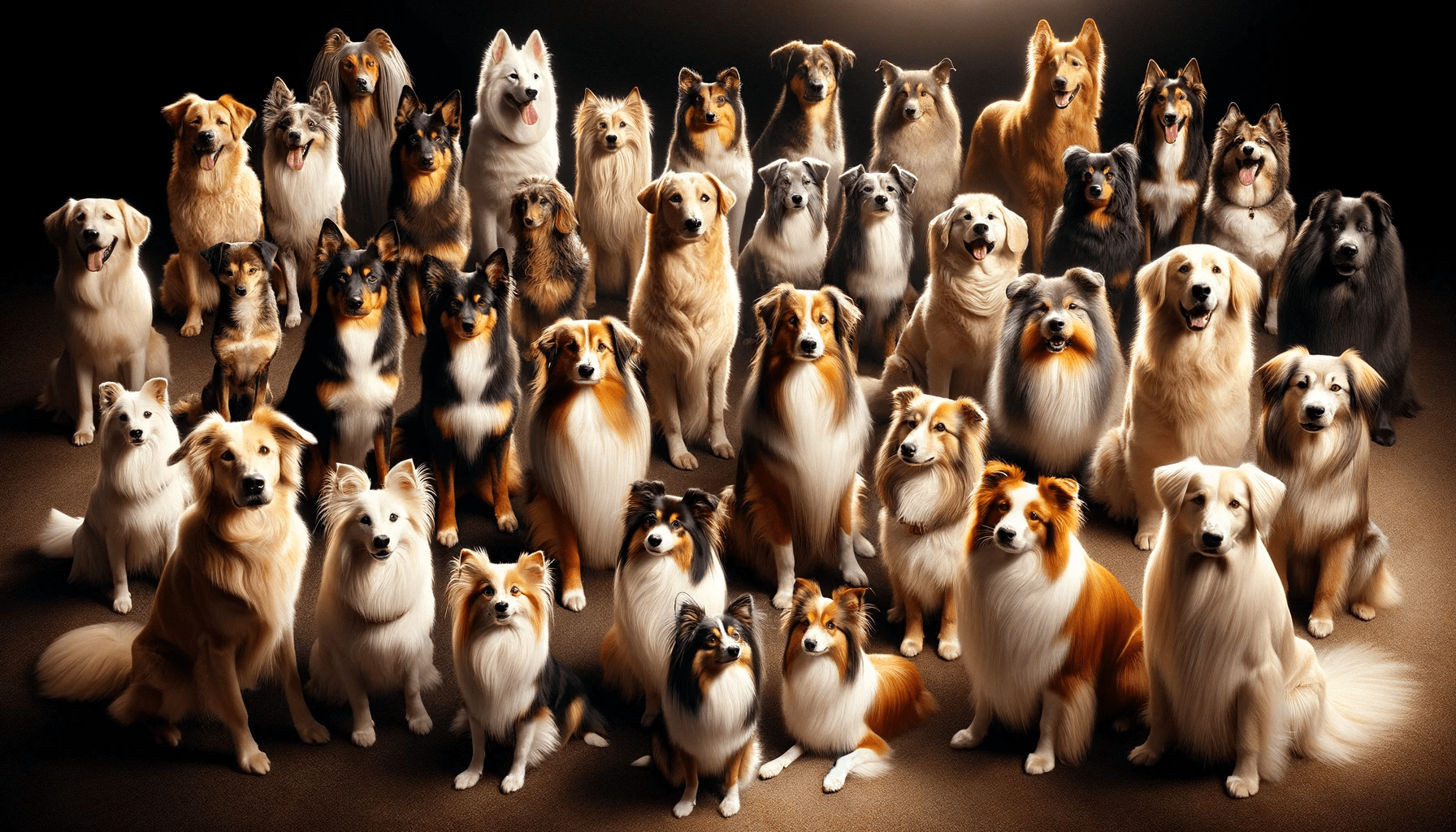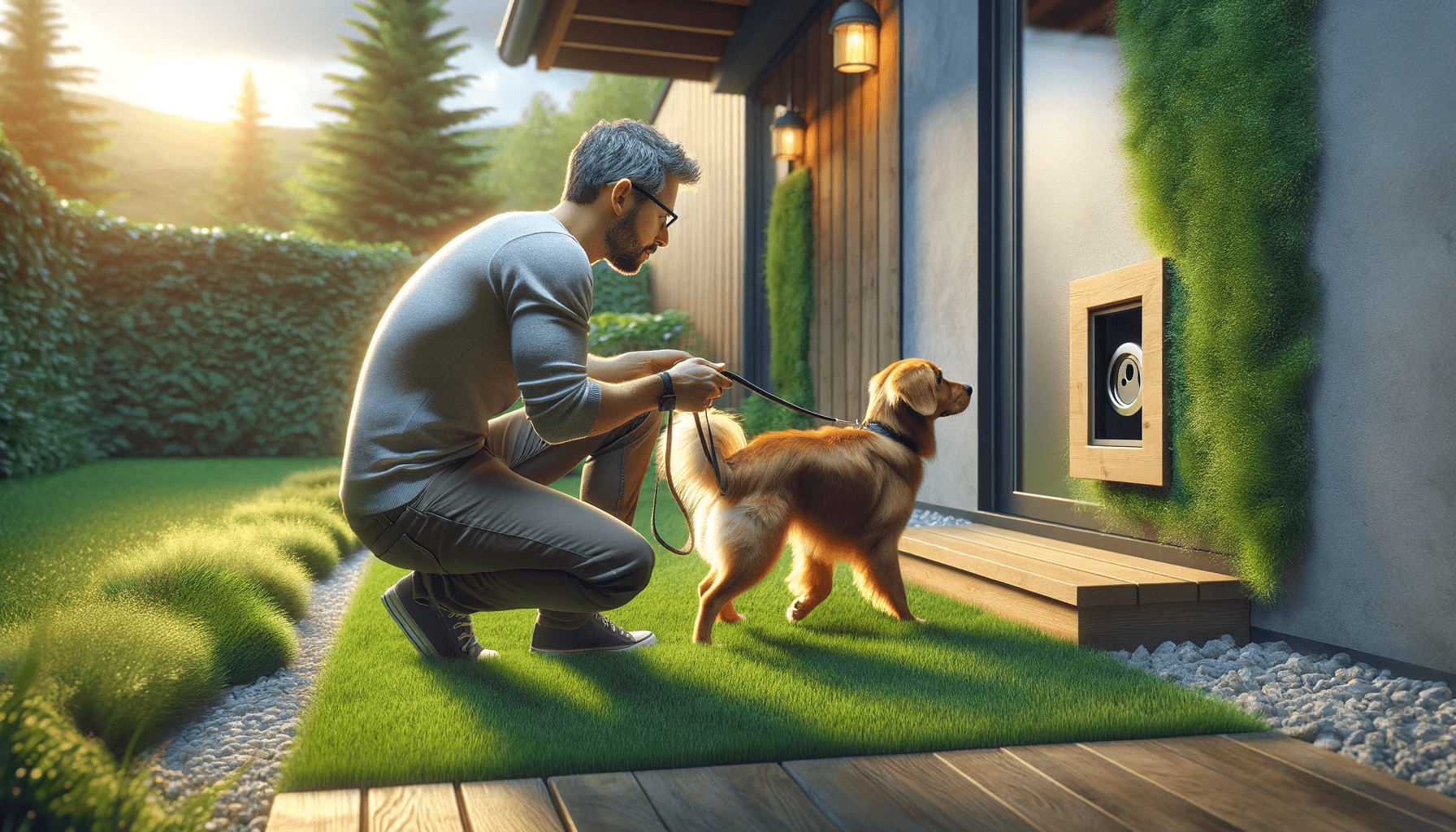If you want to train your dog effectively, positive reinforcement is the way to go. By using rewards and praise, you can teach your furry friend to behave in a desired manner.
From clicker training to treat-based techniques, there are various methods you can use to motivate and guide your dog's behavior.
In this article, we will explore the top effective dog training methods that rely on positive reinforcement.
Get ready to unleash your dog's potential!
Key Takeaways
- Clicker training and treat-based training are effective methods of positive reinforcement for dog training.
- Target training improves focus, concentration, and problem-solving skills in dogs.
- Shaping behavior involves rewarding small steps towards the desired behavior to encourage and strengthen it.
- Positive marker training uses a unique sound or visual cue to communicate that the desired behavior is correct and reinforces positive behavior.
Clicker Training
To begin clicker training, gather a clicker and treats for your dog. Clicker training is a popular and effective method that utilizes positive reinforcement to teach your dog new behaviors. One of the key benefits of clicker training is its precision. The clicker serves as a signal to your dog that they've performed the desired behavior correctly, allowing for clear communication between you and your furry friend. This helps to eliminate any confusion and speeds up the learning process.
Clicker training techniques involve pairing the sound of the clicker with a reward, typically a treat. Start by clicking the clicker and immediately following it with a treat. Repeat this process several times to establish a strong association between the clicker and the reward. Once your dog understands the connection, you can use the clicker to mark and reinforce desired behaviors.
For example, if you're teaching your dog to sit, you'd click the moment their bottom touches the ground and then reward them with a treat. This positive reinforcement strengthens the desired behavior and encourages your dog to repeat it in the future.
Treat-Based Training
Continue using treats as a reward in your dog training to reinforce positive behaviors. Treat-based training is a highly effective method that utilizes food rewards as a form of positive reinforcement. This technique is based on the principle that dogs are motivated by food and can learn to associate desired behaviors with receiving treats.
Food rewards provide an immediate and tangible incentive for your dog to comply with your commands. By offering a high-value treat as a reward, you can capture your dog's attention and motivate them to perform the desired behavior. This positive reinforcement technique helps to strengthen the bond between you and your furry friend while making the training process enjoyable for both of you.
When using treat-based training, it's important to choose appropriate food rewards that your dog finds highly appealing. This may include small, bite-sized treats or even their favorite food items. By using these enticing rewards, you can increase the likelihood of your dog repeating the desired behavior in the future.
Remember to pair the treat with verbal praise or a clicker to reinforce the positive association. This combination of food rewards and positive reinforcement techniques creates a positive learning experience for your dog, making them more likely to respond to your commands and learn new behaviors.
Target Training
When implementing target training, you can use a clicker to mark and reinforce specific actions or behaviors in your dog. Target training is a versatile and effective method that can be used not only for dogs but also for cats and other small animals. The concept of target training involves teaching your dog to touch or interact with a specific target, such as a stick or a target mat, using their nose or paws. This technique allows you to shape their behavior and teach them new commands or tricks.
Target training techniques for cats are similar to those used for dogs. You can start by introducing a target stick or a small object, and then gradually guide your cat to touch or follow the target. By using positive reinforcement, such as treats or praise, you can encourage your cat to engage in the desired behavior.
The benefits of target training for small animals are numerous. It helps to improve their focus and concentration, as they learn to direct their attention towards a specific target. Target training also enhances their problem-solving skills and mental stimulation, which is especially important for animals that may not have access to outdoor environments.
Shaping Behavior
When it comes to shaping behavior in dogs, rewards for desired actions play a crucial role. By using positive reinforcement, you can encourage your dog to exhibit the behavior you want.
This method involves rewarding your dog for small steps towards the desired behavior, gradually shaping their actions until they achieve the desired outcome.
Rewards for Desired Actions
Rewarding your dog for desired actions is an essential aspect of shaping their behavior effectively. In reward-based training, positive reinforcement is used to encourage and strengthen desired behaviors. One of the most common rewards is praise, which can be given through verbal cues such as 'good boy/girl' and a pat on the head. Dogs thrive on human attention and affection, so praise serves as a powerful motivator.
Additionally, play can be a great reward for dogs, especially those with high energy levels. Engaging in a game of fetch or tug-of-war can be a fun and rewarding experience for your furry friend.
Remember to choose rewards that your dog finds valuable and enjoyable, as this will increase their motivation to exhibit the desired behaviors.
Encouraging Desired Behavior
How can you effectively encourage and shape your dog's desired behavior?
One of the most effective ways to do this is through behavior modification techniques and reinforcing good behavior.
Behavior modification techniques involve using positive reinforcement to encourage and reinforce the desired behavior in your dog. This can be done by rewarding your dog with treats, praise, or playtime whenever they exhibit the desired behavior. By doing this consistently, your dog will learn that engaging in the desired behavior leads to positive outcomes.
It's important to be consistent with your reinforcement and to provide immediate feedback when your dog exhibits the desired behavior. With time and practice, your dog will learn to associate the desired behavior with positive rewards and will be more likely to repeat it in the future.
Positive Marker Training
To effectively implement positive marker training with your dog, ensure that you consistently use a clear and distinct marker signal. Positive marker training, also known as bridge signal training or marker-based training, is a method that uses a unique sound or visual cue to communicate to your dog that they've performed the desired behavior correctly. This clear and consistent signal helps to establish a strong association between the behavior and the reward, making it easier for your dog to understand what's expected of them.
The marker signal can be anything that's easily distinguishable and consistent, such as a clicker, a verbal cue like 'yes,' or a hand signal. The key is to use the same marker signal every time your dog does something right, whether it's sitting, lying down, or performing a trick. By doing so, you're providing your dog with immediate feedback, letting them know that they've done something correctly and will be rewarded for it.
Using a marker signal helps to strengthen the bond between you and your dog, as it provides clear communication and reinforces positive behavior. It also allows you to capture and shape desired behaviors more effectively, making the training process more efficient and enjoyable for both of you.
Lure and Reward Method
To successfully implement the Lure and Reward Method, use a small treat or enticing object to guide your dog into performing the desired behavior. This method involves using the lure as a way to communicate with your dog and motivate them to follow your commands. There are several variations of the lure and reward technique that you can try.
One variation is the hand lure, where you hold the treat in your hand and use it to guide your dog into the desired position. For example, if you want your dog to sit, you can hold the treat above their head and move it backwards, causing them to naturally sit down.
Another variation is the target lure, where you use a target stick or your finger to guide your dog into the desired position. For instance, if you want your dog to lie down, you can use the target stick to lead them to the ground.
However, there can be challenges in applying the lure and reward method effectively. One challenge is fading the lure, which involves gradually reducing the use of the lure so that your dog learns to respond to verbal commands without relying on the treat or object.
Additionally, timing is crucial in this method. You need to reward your dog immediately after they perform the desired behavior, so they can make the connection between the behavior and the reward.
Frequently Asked Questions
Can Positive Reinforcement Training Methods Be Used for All Breeds of Dogs?
Yes, positive reinforcement training methods can be used for all breeds of dogs. It is a more effective and humane approach compared to negative reinforcement. Training puppies with positive reinforcement is highly recommended.
How Long Does It Typically Take to See Results With Positive Reinforcement Training?
With positive reinforcement training, the timeline for results can vary depending on factors such as the dog's age, previous training history, and consistency of training. Generally, you can start seeing progress within a few weeks.
Are There Any Potential Drawbacks or Limitations to Using Positive Reinforcement Training?
Using positive reinforcement training methods can have potential drawbacks and limitations. It's important to be aware of the potential risks and challenges, such as the need for consistency and understanding individual dog's preferences.
Can Positive Reinforcement Training Help With Specific Behavior Issues Like Aggression or Separation Anxiety?
Positive reinforcement training can be effective in addressing behavior issues like aggression and separation anxiety. By using positive reinforcement techniques, you can help your dog overcome fear-based behaviors and incorporate positive reinforcement training in puppy socialization.
Are There Any Specific Guidelines or Tips for Using Treats Effectively in Treat-Based Training?
Using treats effectively in treat-based training is crucial. Avoid common mistakes like using treats as bribes or over-relying on them. Instead, use treats as rewards for desired behaviors and gradually fade their use as your dog learns.
Conclusion
In conclusion, positive reinforcement is a highly effective method for training dogs. By using techniques such as clicker training, treat-based training, target training, shaping behavior, positive marker training, and the lure and reward method, dog owners can effectively communicate with their pets and encourage desired behaviors.
By focusing on rewarding good behavior rather than punishing bad behavior, positive reinforcement creates a positive and enjoyable learning experience for dogs. This approach helps build a strong bond between the owner and their furry friend, leading to a well-behaved and happy canine companion.






